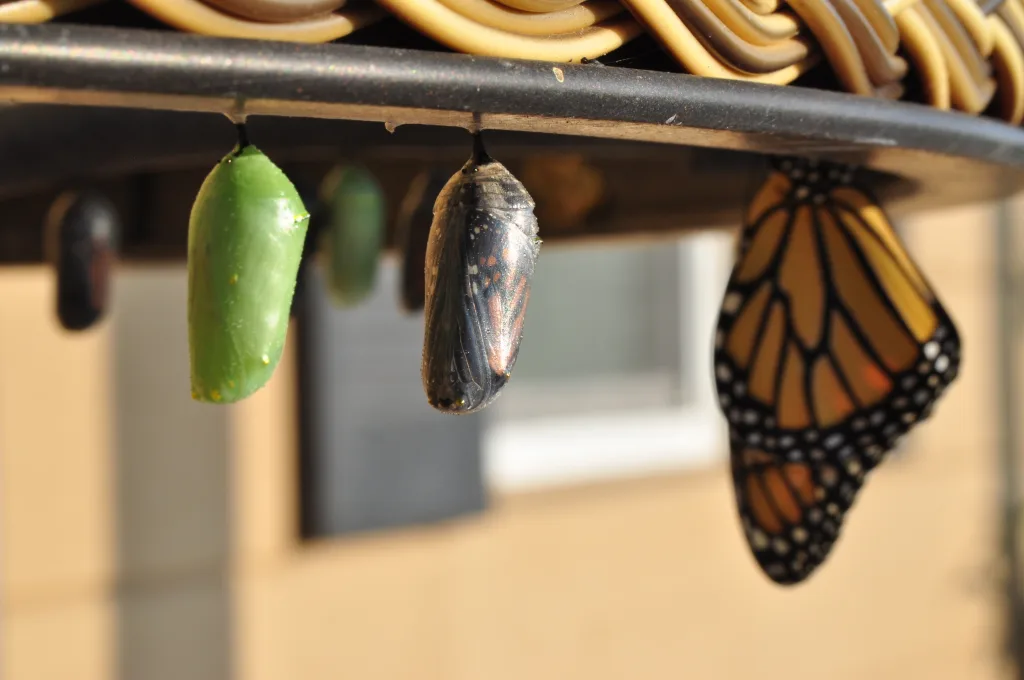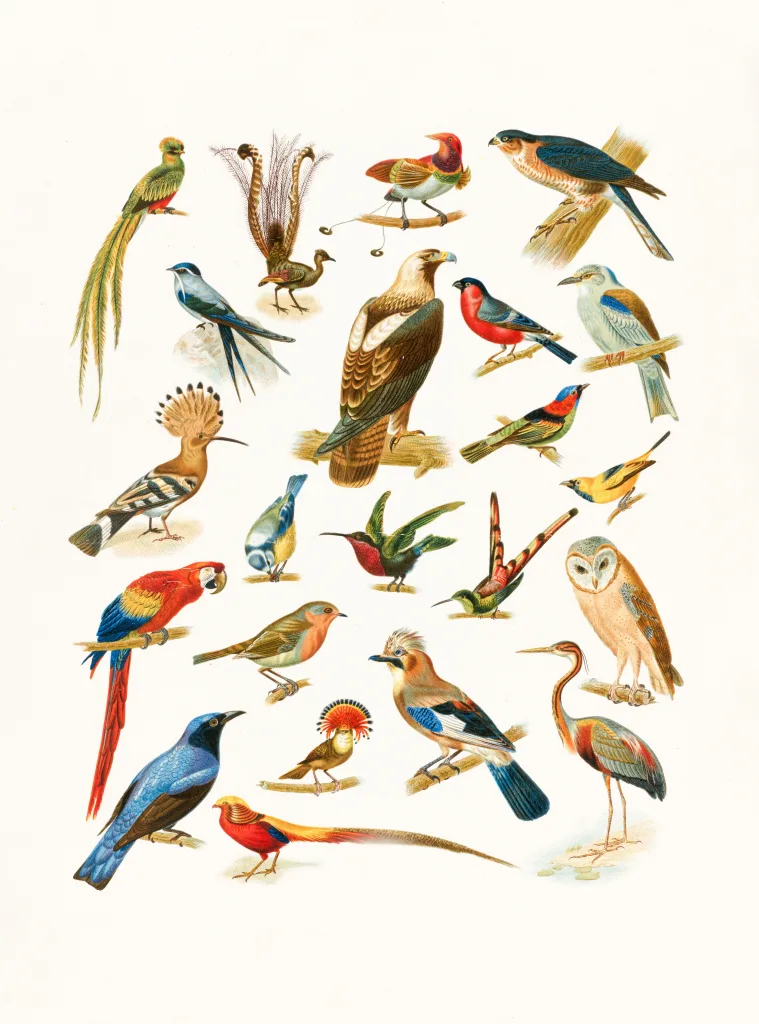Natural selection is a fundamental process in the theory of evolution, first proposed by Charles Darwin. It is a mechanism that determines which traits are advantageous for survival and reproduction in a given environment, leading to changes in the characteristics of populations over time. In order for natural selection to occur, there are certain requirements that must be met.
The first requirement for natural selection is the presence of heritable variation within a population. This means that individuals in a population must possess different genetic traits that can be passed on to their offspring. This genetic variation can arise through several mechanisms, with the most important one being mutation. Mutations are random changes in the DNA sequence of an organism’s genes, and they introduce new genetic variation into a population. Without genetic variation, there would be no basis for natural selection to act upon.
The second requirement for natural selection is differential survival and reproduction associated with possession of certain traits. This means that individuals with certain genetic traits will be more likely to survive and reproduce than individuals with other traits. The traits that confer a reproductive advantage in a particular environment will become more common in future generations, while traits that are disadvantageous will become less common or may even disappear altogether. This process leads to the gradual adaptation of populations to their specific environments.
It is important to note that natural selection works on populations, not on individual organisms. While individuals may adapt to their environment during their lifetime, these acquired characteristics are not passed on to future generations. Only genetic traits that are heritable can be subject to natural selection. This distinction is crucial because it is the genetic changes in populations over time that drive the process of evolution.
Furthermore, natural selection does not require species to anticipate future challenges or adapt in advance. It acts on existing variation in response to present circumstances, selecting for traits that increase an individual’s chances of survival and reproduction in the current environment. This means that natural selection does not have a specific goal or direction; it simply favors traits that enhance an organism’s fitness under the given conditions.
Natural selection is a powerful force that drives evolutionary change. It requires heritable variation within a population and the differential survival and reproduction associated with possession of certain traits. Genetic variation is essential for natural selection to occur, and it is primarily generated through mutation. While individuals may adapt to their environment during their lifetime, only genetic traits that are passed on to future generations can be subject to natural selection. By favoring traits that enhance an organism’s fitness, natural selection leads to the gradual adaptation of populations to their specific environments.
What Is Required For Natural Selection To Occur?
Natural selection, a fundamental mechanism of evolution, depends on several key factors for it to occur. These factors include:
1. Heritable Variation: Natural selection requires the presence of genetic diversity within a population. This variation arises due to random mutations, genetic recombination during sexual reproduction, and other genetic mechanisms. It is important that these variations can be passed on from one generation to the next.
2. Selective Pressure: Natural selection occurs when there is a selective advantage or disadvantage associated with possessing a particular trait. This can be influenced by various factors such as environmental conditions, competition for resources, predation, or mating opportunities. Selective pressure acts as the driving force behind the differential survival and reproduction of individuals with different traits.
3. Differential Fitness: The variations in traits among individuals within a population lead to differences in fitness, which is the ability to survive and reproduce. Individuals with traits that provide a higher likelihood of survival and successful reproduction in a given environment will have greater fitness compared to those with less advantageous traits. This difference in fitness leads to the preferential passing on of certain traits to subsequent generations.
4. Reproduction and Inheritance: Natural selection operates through generations, and it is crucial that the traits under selection can be inherited by offspring. Traits that increase an individual’s chances of survival and reproductive success will tend to become more prevalent in subsequent generations, leading to an increase in the frequency of those traits within the population.
5. Time: Natural selection is a gradual process that occurs over long periods of time. It requires sufficient time for the advantageous traits to become more prevalent within the population and for the less advantageous traits to decrease in frequency. This gradual change accumulates over generations and can lead to significant evolutionary transformations.
Natural selection relies on heritable variation in traits, differential survival and reproductive success associated with possessing certain traits, and the accumulation of these favorable traits over time. These factors play a vital role in shaping the diversity of life on Earth and driving the process of evolution.

What Causes Natural Selection?
Natural selection, as explained on Quizlet, is caused by several factors that lead to changes in populations over time. These factors can be grouped into two main categories: genetic variation and reproductive success.
1. Genetic Variation:
– Mutations: Random changes in DNA can create new genetic variations within a population.
– Genetic recombination: During sexual reproduction, genes from both parents are combined, creating new combinations of genetic traits.
– Gene flow: Migration and interbreeding between different populations can introduce new genetic variations.
2. Reproductive Success:
– Differential survival: Individuals with traits that are advantageous in their environment are more likely to survive and reproduce.
– Adaptation: Through natural selection, individuals with beneficial traits are favored and pass on these traits to their offspring.
– Fitness: The ability of an individual to survive and reproduce successfully is known as fitness. Individuals with higher fitness have a greater chance of passing on their genes.
These factors work together to drive natural selection. Individuals with traits that are well-suited to their environment have a higher chance of survival and reproductive success, passing on those advantageous traits to future generations. Over time, this leads to changes in the genetic makeup of a population, as the traits that enhance survival become more common.
It is important to note that natural selection acts on populations, rather than individual organisms. While individuals can adapt to their environment during their lifetime, these acquired traits are not directly passed on to their offspring. Instead, natural selection acts on the genetic variations already present within a population, favoring those that confer a survival advantage.
Natural selection is caused by the interplay between genetic variation and reproductive success. It leads to changes in populations over time, as individuals with advantageous traits are more likely to survive and reproduce, passing on their genes to future generations.
Which Is Not A Requirement Of Natural Selection?
The process of natural selection operates on populations based on the prevailing conditions, and it does not necessitate the survival of species for future or unforeseen scenarios. In other words, the future survival and adaptability of a species are not prerequisites for natural selection to occur. This concept can be better understood by considering the following points:
1. Variability within a population: Natural selection relies on the existence of genetic variation within a population. This genetic diversity provides the raw material for natural selection to act upon. Individuals within a population possess different traits and characteristics, and these variations can influence their ability to survive and reproduce in a given environment.
2. Differential survival and reproduction: In any population, individuals with traits that enhance their ability to survive and reproduce are more likely to pass on their genes to the next generation. This differential reproductive success is a key aspect of natural selection. Traits that confer advantages, such as better camouflage, ability to obtain food, or resistance to diseases, increase an individual’s chances of survival and reproduction.
3. Environmental pressures: Natural selection is driven by the environmental pressures and challenges faced by a population. These pressures can include factors like predation, competition for resources, climate changes, or the presence of diseases. Individuals with traits that are better suited to the prevailing environmental conditions are more likely to survive and pass on their genes.
4. Reproduction and heredity: Natural selection operates through the mechanism of reproduction and heredity. Individuals with advantageous traits are more likely to produce offspring with similar traits, as these traits are passed on through genetic inheritance. Over time, these advantageous traits become more common in the population, while less advantageous traits may become less prevalent or even disappear.
The future survival or adaptability of a species is not a requirement for natural selection. It is a process that acts on existing populations, favoring traits that enhance survival and reproduction in the present environmental conditions.
What Is A Necessary Factor That Is Tied Directly To Natural Selection?
A necessary factor that is directly tied to natural selection on Quizlet is genetic variation. Genetic variation refers to the diversity in genetic material within a population. It is essential for natural selection because it provides the raw material for evolutionary change. Natural selection can only work on existing genetic variation in a population. It acts on different alleles, which are alternative forms of a gene. These alleles may confer different traits or characteristics that can affect an organism’s survival and reproductive success.
Genetic variation is caused by various factors, with mutation being the primary source. Mutations are random changes in the DNA sequence of an organism’s genome. They can introduce new alleles into a population, leading to genetic diversity. Other factors that can contribute to genetic variation include genetic recombination during sexual reproduction, gene flow through migration, and genetic drift, which is the random change in allele frequencies over generations.
Genetic variation is a necessary factor directly tied to natural selection on Quizlet. It is crucial because it provides the raw material for evolutionary change and allows natural selection to act on existing genetic diversity in a population.

Conclusion
Natural selection is a fundamental mechanism that drives evolutionary change in populations over time. It operates through the differential survival and reproduction of individuals with heritable variations in traits. This process leads to the accumulation of advantageous traits in a population, while less advantageous traits are gradually eliminated.
Natural selection is supported by a wealth of evidence from both observational studies and the fossil record. It is a well-documented phenomenon that has shaped the diversity of life on Earth. Through natural selection, species have adapted to their environments, allowing them to better survive and reproduce in their specific ecological niches.
It is important to note that natural selection acts on the existing variation within a population. Genetic variation, which arises from mutations, is the fuel for natural selection, as it provides the raw material for evolutionary change. Without genetic variation, natural selection would have no variation to act upon, and evolutionary change would not occur.
Furthermore, it is essential to understand that natural selection does not work towards any future or unforeseen scenarios. It operates in response to the current circumstances and the selective pressures present in an organism’s environment. As a result, natural selection does not guarantee the survival of a species in the long run. Instead, it favors traits that enhance an organism’s ability to survive and reproduce in its current environment.
Natural selection is a powerful force driving evolutionary change. It operates on populations, leading to the gradual accumulation of advantageous traits and the elimination of less advantageous ones. Genetic variation is crucial for the process of natural selection, providing the necessary diversity for adaptation. By understanding the principles of natural selection, we gain insights into the incredible diversity and adaptability of life on our planet.
